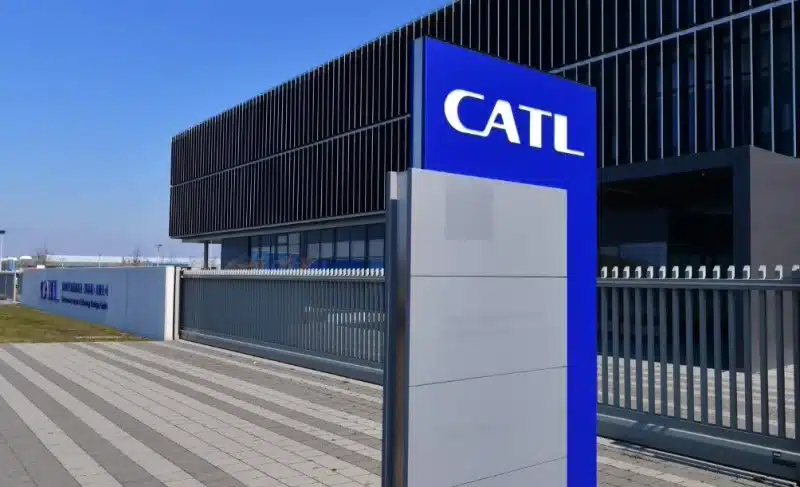CATL negotiating licensing LFP battery tech to GM and to build joint factory in North America
Reports indicate that Chinese battery giant CATL is currently negotiating with General Motors to license battery technology using an LRS (license royalty service) agreement covering lithium iron phosphate batteries and will build a joint factory in North America.
Details are still thin on the ground but the battery plant would have an annual capacity no less than the plant currently being built by Ford in collaboration with CATL. The plant will most likely be in either the US or Mexico.
The agreement would likely be similar to the one between Ford and CATL. Under it CATL would be responsible for building battery production lines, building supply chains, commissioning production line equipment and managing manufacturing processes, while the capital expenditure of the factory is fully borne by the car company. CATL would not actually own a share of the plant but instead collect patent licensing fees and service fees. The technology licensing model means that CATL’s capital outlay will be less but the profit margins will be higher.
Ford’s battery plant is currently scheduled to open in 2026 and so if the GM deal does happen the resultant factory will likely open around 2027.
EV uptake has been relatively slow in the US compared to Europe and China with Tesla being the one real stand out. EV penetration rate in 2023 was 7.6% up from 5.9% in 2022 and is forecast to surpass 10% this year. With high projected growth rate the US market has a lot of potential. So far Japanese and Korean battery producers control 80% of the North American EV battery market with the market dominated by LG, Samsung SDI, SK and Panasonic.
The licensing agreement is largely a result of recent US regulations. Under the 2022 Inflation Reduction Act the US government will give a 7,500 USD subsidy to any EV produced in North America with 3,750 USD going to the battery producer so long as components that make up more than half the cost of the battery are produced or assembled in North America.
Recent US regulations relating to ‘foreign entity of concern’ (FEOC) mean that CATL needs to be cautious regarding US investment. FEOC mean that tax credits for EVs can be withheld if battery components or minerals come from a list of countries including China. All companies incorporated in China or in which the Chinese government holds 25% or more of shares are likely to be considered an FEOC.
The licensing agreement avoids the problems that a wholly owned or joint owned factory would entail. In the case of the Ford deal it’s believed that CATL benefits from a one-time fee for selling the battery production equipment and building the supply chain, along with ongoing royalties based on the number of batteries produced.
Editor’s note:
It is noteworthy that both the Ford and the reported GM deals involve lithium iron phosphate batteries. These are cheaper to produce than NCM batteries and are therefore very suitable for producing cheaper EVs. South Korean and Japanese battery producers have largely ignored the LFP area leaving this to be dominated by Chinese producers, most notably CATL and BYD. Late Post states that CATL has reduced the cost of such batteries to 400 yuan (55 USD) per kWh versus 600 yuan (83 USD) for NCM batteries.



